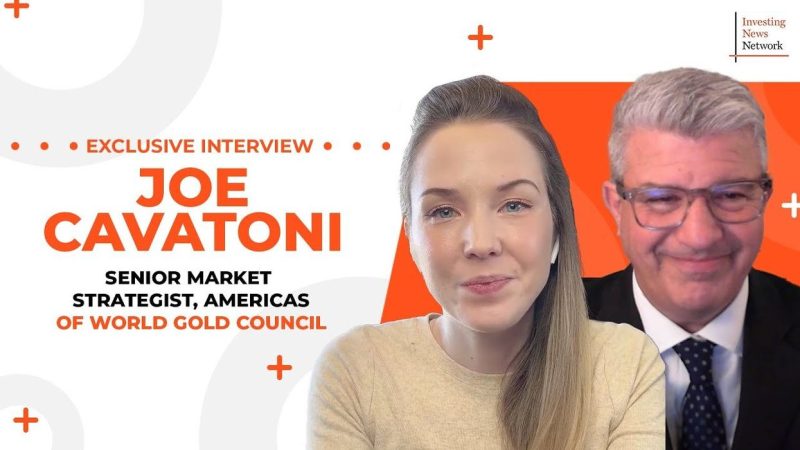Central to this article is Mr. Joe Cavatoni, Managing Director USA and ETFs at the World Gold Council, who advances the proposition that gold’s ascendency in the market is far from over. Moreover, he delves into the idea that the driving force behind the rise in gold prices can be linked to the markets in the East, specifically those in India and China.
Joe Cavatoni, possessing extensive knowledge in the world of finance and precious metals, establishes himself as a prominent figure in assessing the trajectory of gold prices. He holds the unfaltering belief that the pricing trends do not signal the end of gold’s bullish market run. Gold, throughout history, has stood strong as a hedge against inflation and currency downturns. Cavatoni argues that these characteristics will endure irrespective of the tumultuous financial landscape and continuance of the bull market.
Implicit within Cavatoni’s perspective is an understanding of the complementary relationship between risk and return in investing. Even as gold prices rise, it’s crucial to put into perspective that higher risk yields higher returns. Cavatoni implies that investors with a yen for risk, therefore, wouldn’t necessarily view intensifying prices as a deterrent, but rather as an opportunity for substantial returns. This effectively communicates to investors that a bullish run, contrary to popular belief, does not always necessitate a market correction.
Turning towards the Eastern markets, Cavatoni posits that demand from these regions remains a robust driver of gold prices. Key here is to understand the cultural and financial importance gold holds in both China and India, the two largest consumers of gold worldwide. In these nations, gold is not merely viewed as an investment, but carries with it significant cultural and symbolic value. It is widely used in ceremonies, weddings, and as a symbol of wealth and prosperity.
In India, gold demand generally peaks during the Indian wedding season and major festivals such as Diwali and Akshaya Tritiya. On the other hand, the Chinese market sees heightened gold demand during the Lunar New Year. These culturally ingrained practices of gold consumption in both China and India, Cavatoni suggests, have a significant effect on driving up the global price of gold.
Another factor to consider comes from the burgeoning middle class in these Eastern markets. As more individuals ascend to the middle class ranks, disposable income becomes more plentiful, often leading to an increase in gold purchases. This rise, according to Cavatoni, has made these two countries pivotal players in the determination of gold prices on the global stage.
Moreover, governmental regulations and policies in these regions can influence the flow of gold, leading to impacts on the price. For example, China has been known to restrict gold imports in order to prevent capital outflows. India, at times, has imposed import duties on gold. According to Cavatoni, such moves can cause significant disruptions in supply, thereby influencing the global price of gold.
Overall, Joe Cavatoni highlights an interesting blend of factors at play within the ongoing growth of gold prices. He emphasizes the significance of the Eastern markets in driving this phenomenon, owing much to the cultural importance of gold and the expanding middle-class populations in these regions. Investors across the globe, thus, might find it beneficial to heed Cavatoni’s insights and understand the dynamism of the Eastern markets in their investment decisions concerning gold.




